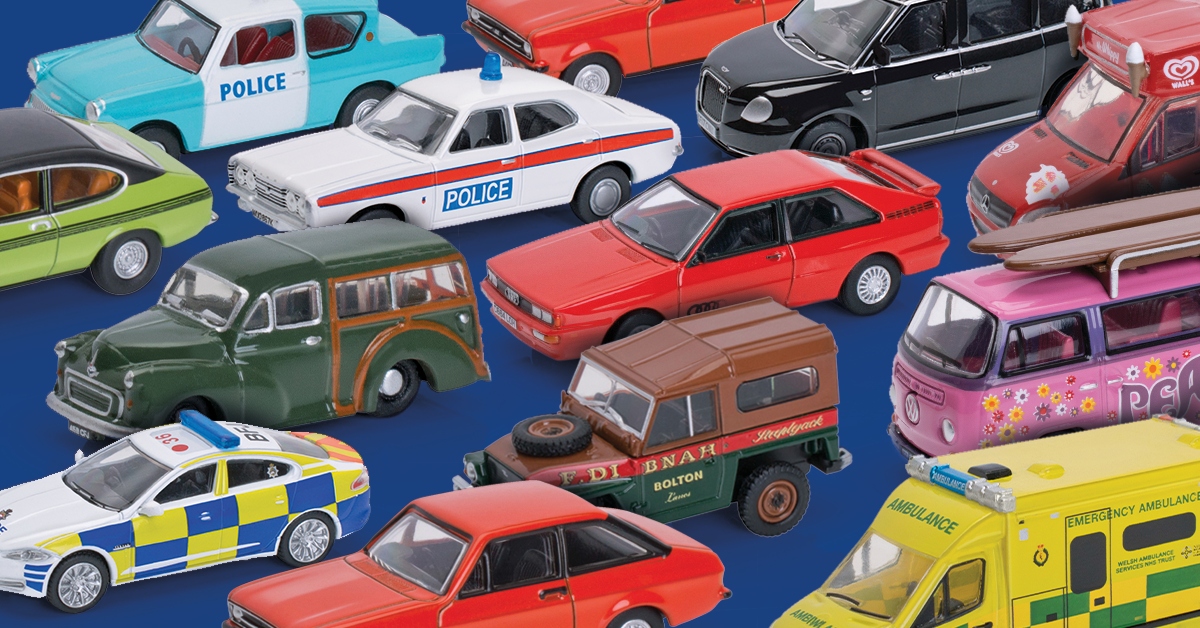Looking at doing a diorama, approximately 4'6" x 2'3" wide.
The theme will be a 1950's-60's countryside village and want to combine a small railway line, (not necessarily operable, static will be fine), with model cars that are proportion to each other.
Now, if you understand that bit, what size railway should we choose to go with the car size?
I know there are various gauges/scales, such as N, HO, OO etc but not which one is suitable for standards model car sizes.
The theme will be a 1950's-60's countryside village and want to combine a small railway line, (not necessarily operable, static will be fine), with model cars that are proportion to each other.
Now, if you understand that bit, what size railway should we choose to go with the car size?
I know there are various gauges/scales, such as N, HO, OO etc but not which one is suitable for standards model car sizes.


